Continued from previous posts . . . As part of this current series of posts about the stages of spiritual growth, I wrote most recently about the experience called “The Wall.” At the Wall, you have to face what’s standing in the way between you and God—and that’s never easy. “It’s your spiritual practice,” I wrote, “especially interior prayer, meditation, and contemplation that will see you through to the new you that awaits you on the other side.” In the next few posts, I’ll open up to you a simple way to practice interior prayer.
The method of prayer I’ll teach you is very, very old. Old as St. Paul who taught us to “pray without ceasing” (1 Thessalonians 5.12). Old as Jesus who taught us that the “Kingdom of God is within you” (Luke 17.21), and that when we pray we’re not to go on babbling as so many religious people do, but are instead to enter the closet of our hearts and commune simply with God (Matthew 6.6). A form of this kind of praying is quite possibly as old as Elijah and the prophets of Israel who knew that God’s voice was best heard in “the sound of sheer silence” (1 Kings 19.12).
The Prayer of the Heart (the Jesus Prayer, contemplative prayer, etc) is the most universal spiritual “technology” for achieving what all people seek: union with God. That it’s relatively unknown today doesn’t mean it’s strange or esoteric. Nor is it only for monks and mystics. The monks and mystics all agree that it’s the most beneficial and easily practiced form of prayer available to the most active of people. For millennia housewives and blacksmiths, kings and farmers have practiced the Prayer of the Heart, nourishing a vital spiritual life, cultivating virtue, and living humble lives of love and grace, compassion and courage—bringing hope and wholeness to our often fragile and wounded, yet beautiful world.
In the posts that follow I'll offer you a little guide to this ancient and durable practice that’s making a come back in our day—and not a moment too soon, for the state of our world sorely needs the kind of women and men who are shaped by it.
To be continued . . .
